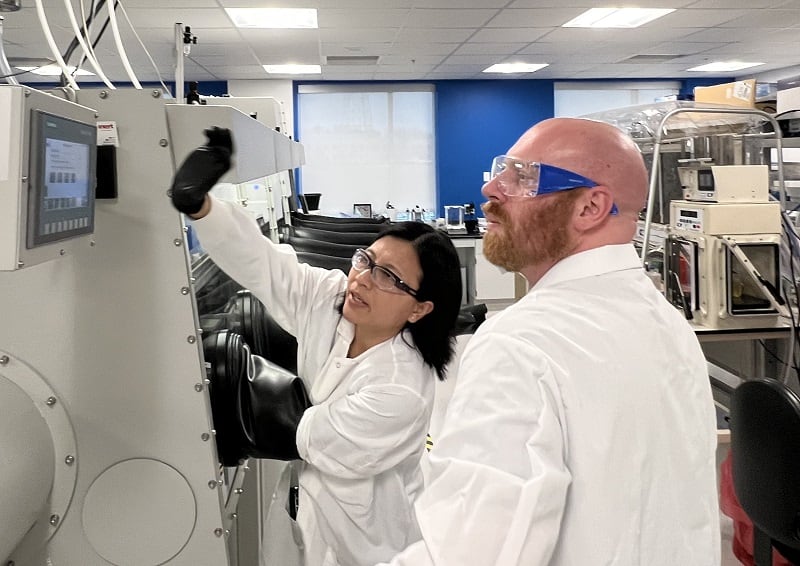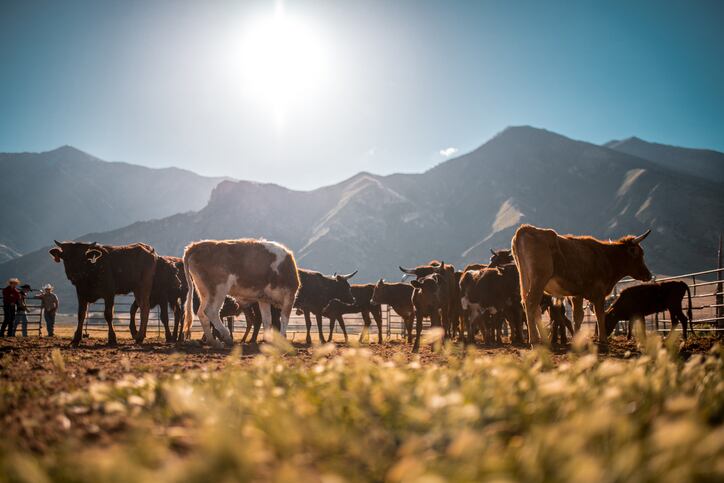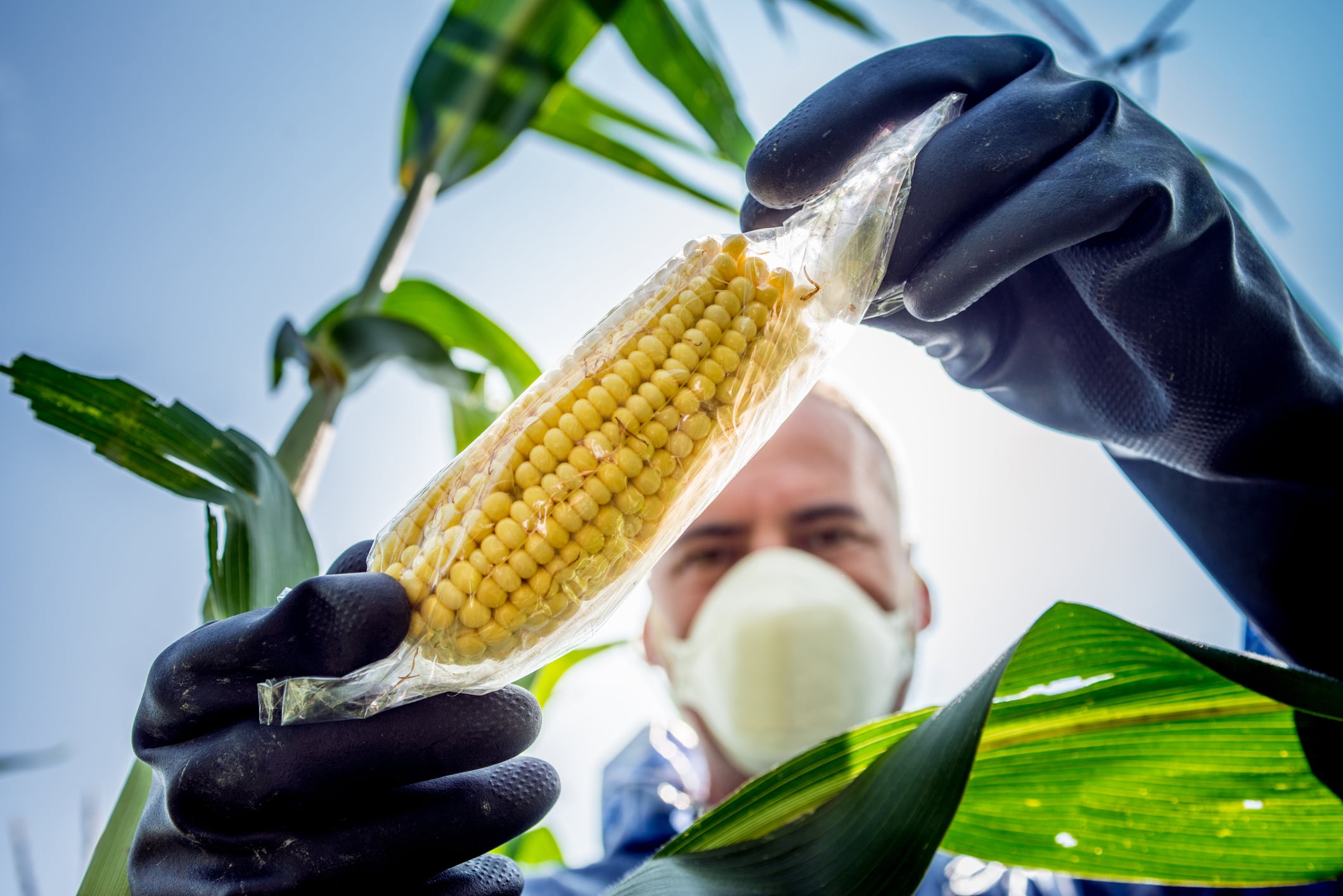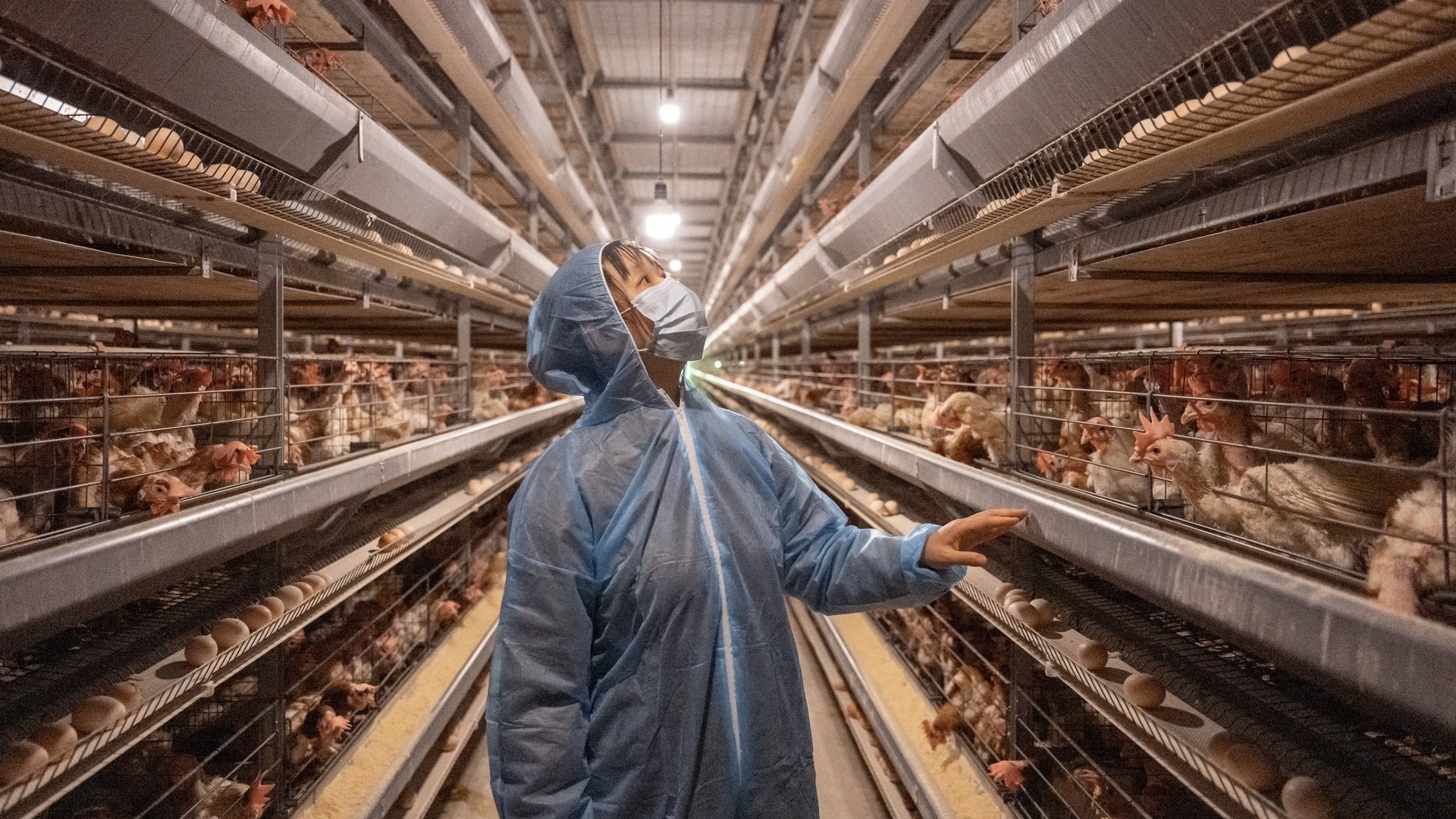Methane is a major contributor to climate change and each year a single cow alone will belch about 220 pounds of it. Researchers have recently been busy exploring the source of the damaging gas itself – the microbiome – to investigate how biotics can manipulate the rumen to reduce methane production.
Now, Indianapolis-based animal health biotechnology company BiomEdit, flush with a US$4.5 million grant from the Bill & Melinda Gates Foundation, is poised to accelerate research and development of a portfolio of microbiome-based solutions to cut methane emissions. These will target the rumen microbiome – the community of microorganisms that live in a cow's digestive tract. The rumen microbiome plays a key role in digestion, with specific microorganisms responsible for methane production, explained BiomEdit CEO Aaron Schacht.
“The rumen of a cow is basically a big fermentation vessel,” he said. The generation of methane is performed by microorganisms called archaea. These are extremely well adapted to take the excess hydrogen produced during fermentation of the food and convert it to methane.
To limit this methane-making cycle in the rumen, many companies already currently produce biotic supplements and feed additives. But BiomEdit wants to go further. It has yet to launch any products, but using its platform of microbial reference libraries, microbiome analytics, synthetic biology, and artificial intelligence, it plans a ‘multi-pronged’ approach to tackle the methane problem.
As well as using natural and synthetic probiotics and bioactives added in animal feed to block methanogenesis (or the final step in anaerobic degradation of carbon) it is also targeting engineered microorganisms specifically designed to neutralise methanogen activity in the microbiome. The pathways to administer its innovations could therefore take the form of veterinary biologics, or pharmaceuticals, as well as feed additives and feed supplements.
“The idea is that you can feed [the rumen microbiome] a consortia of good bugs that redefine the methane emission profile of the rumen and therefore get you to a lower-emission producing rumen,” explained Schacht. “Another type product is where we actually target inhibition of the bugs that produce methane using biomolecules that we design that inhibit methane activity. And then, using our synthetic biology tools, we would engineer the production of that biomolecule into a microbial strain that then we put in the gut, and it consistently expresses this molecule that inhibits methane even further. We think that we think both effects are probably necessary to achieve the highest goal, but it may well be you can get halfway there with just modifying the microbiome and then get the rest of the activity by directly inhibiting methanogens.”
Less methane, more meat and milk
As well as reducing methane emissions the company is simultaneously looking to increase cattle performance by inhibiting energy losses through methanogenesis and enhancing production of volatile fatty acids. “What we intend to do is modify the microbiome so that the good microbes outcompete the bad ones and therefore take that raw hydrogen and make it part of protein,” explained Schacht.
“We believe the make-up of the microbiome determines how much methane the cow produces. If we can shift the makeup of that microbiome to one that favours protein production instead of methane production, we'll get better performance of livestock production: more meat or more milk produced by the cow, and less methane.”

Up to now, he said, it has been a challenge to reduce methane emissions from cattle whilst enhancing their production at the same time. "The science has not been ripe enough to understand it,” said Schacht. “I think our ability to understand exactly what happens in the rumen, particularly in the microbiome, is just now emerging with the field of microbiome science. Our ability to understand the role methane plays in climate as well as now the technology to monitor how much methane is produced allows us now to try to tackle the problem on two dimensions instead of one.
The company is targeting a 50% methane emission reduction, while increasing productivity 3-5. For comparison, it is claimed feed additives can reduce methane by around 30%, although some studies have found feeding cattle red seaweed, or asparagopsis, can reduce methane emissions in livestock by up to 90%.
Improving the economic viability of smallholder farmers
Thanks to this ‘two dimension’ approach, BiomEdit reckons its portfolio has the potential to both significantly impact agricultural greenhouse gas emissions and enhance the livelihood of small-scale producers and pastoralists in sub-Saharan Africa and South Asia, where cattle are a vital source of income. While methane is a major contributor to climate change, according to the International Livestock Research Institute, livestock contribute up to 80% of developing countries’ agricultural GDP and serve as an important source of nutrition and livelihood for small-scale producers and pastoral communities.
Finding a way to reduce methane emissions in native cattle in their local habitat while increasing productivity, BiomEdit believes, is therefore key to environmental and economic sustainability, particularly for Africa and South Asia.“To make a meaningful impact on climate change, there must be a simultaneous benefit of reducing methane emission in cattle plus redirecting the spare energy, which would otherwise go to creating methane, to increasing feed efficiency so everyone can benefit from nutritious meat and milk - no matter where they are in the world,” stated Schacht. “The answer is found through the microbiome and synthetic biology.”

An issue with many products currently available is farmers must fund an additional input to gain methane emission reduction and feed efficiency, he told us, so they do not often see a sufficient return on investment. Developing methane mitigation products that can improve production efficiency and pay for themselves will make this approach financially feasible for farmers, encouraging them to participate. “The Bill & Melinda Gates Foundation sees this as an economic development tool. If we can improve the economic viability of smallholder farmers, that's one of their aims and goals, and tech like this is something they see that can do that.”
Consistency challenges and the GMO question
The company expects challenges too. For example, if its plan to in time make products available for farmers to buy bear fruit, it has a decision to make on whether it commercialise these itself or joins forces with an established player.
The portfolio, meanwhile, is expected to work for all types of cow, but results may differ. Administering feed and pharmaceutical products to animals on a frequent basis will also likely be more of a challenge in sub-Saharan Africa and South Asia areas where many cows go to pasture.
It may encounter regulation barriers too. For example, it expects its feed additives to get GRAS and equivalent approvals in other geographies. But its engineered microorganisms specifically designed to neutralise methanogen activity would be considered GMOs. This of course presents a current barrier for the company to enter markets with ultra-restrictive GMO regulation, notably the European Union. But Schacht believes there will be growing acceptance for GMOs over time. “As such, if we have a compelling case for significant methane emission reduction by utilizing our engineered microorganism approach, we won’t be shy about approaching EU regulatory authorities for a path to registration of such a product.”





